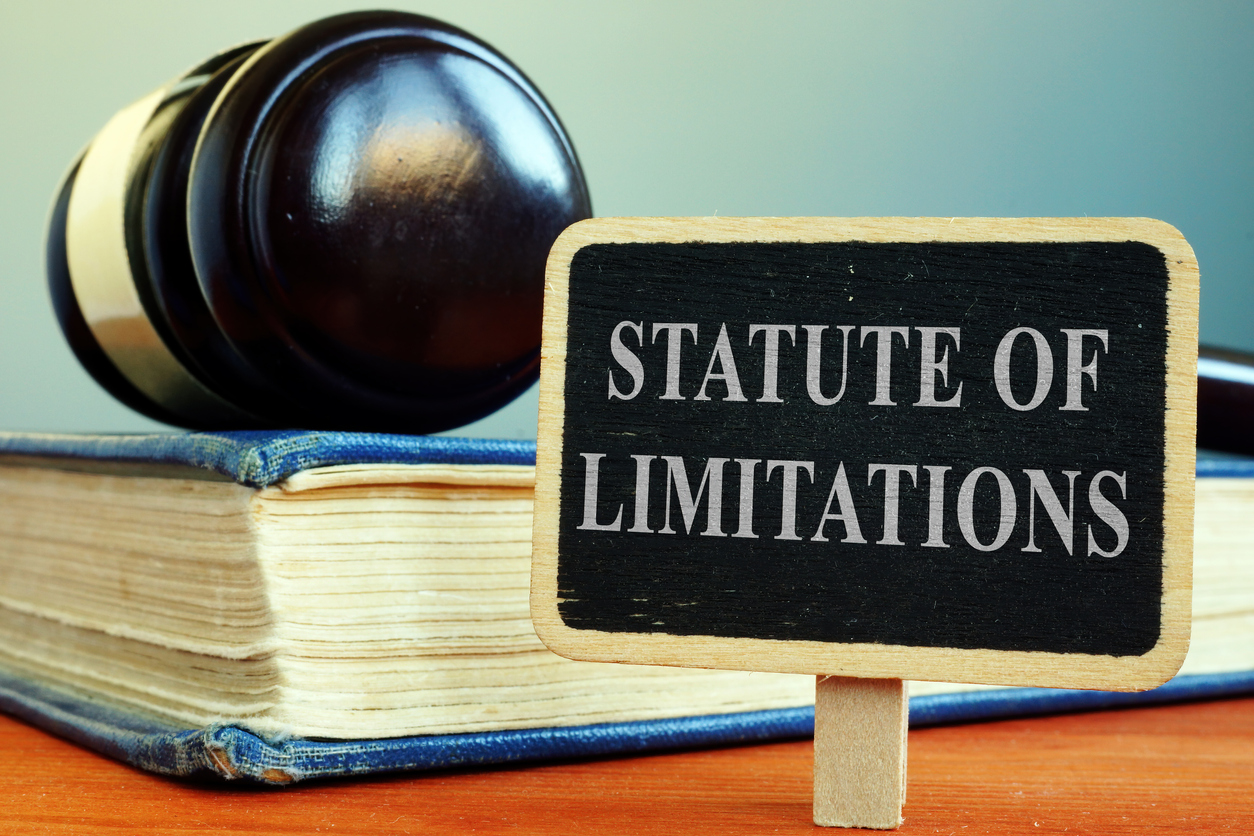Many homeowners, like me, purchase some sort of insurance for their property: coverage for wind/hurricane, homeowner’s and flood. Typically, a homeowner will expect that a flood insurance policy provides coverage for a flood, a wind/hurricane policy provides coverage for a hurricane or other wind damage, and a homeowner’s policy provides coverage for damages resulting from other “sudden” losses or “accidents” such as fire, theft and water damage resulting from something like a burst pipe. It would seem to logically follow, then, that if a homeowner purchases an “All Risk” policy, then all of the risks that a homeowner could insure against would be covered by that policy. That, however, is not usually the case.
Policyholders are sometimes faced with the option of purchasing an “All Risk” insurance policy that would, by its name, suggest that it covers all risks. In his book Delay Deny Defend, author, professor and expert Jay M. Feinman writes about how an “All Risk” insurance policy does not necessarily cover all risks:
In the insurance business, all risks does not mean all risks, the presence of a hurricane deductible does not mean that damage caused by a hurricane above the deductible amount is covered, and even if damage is caused by a risk covered by the policy, it may not be covered. Under an all-risk policy an insurance company does not cover damage from any source. In its underwriting, the company determines that risks of a certain kind are too great to be covered under the standard premium, or perhaps to be covered at all, so it excludes them from coverage with special provisions.
As an example, Mr. Feinman uses a standard homeowner’s insurance policy, commonly referred to as the HO-3. The HO-3 usually has nine different types of exclusion such as the following:
- Damage caused by earth movement;
- Power failure;
- War;
- Nuclear Hazard;
- Loss caused by freezing of a plumbing system;
- Loss caused by settling;
- Loss caused by smog; and/or
- Loss caused by birds, vermin, rodents or insects.
Naturally, an insurance policy that is called an “All Risk” policy but does not actually cover all risks because exclusions preclude coverage for many different types of risks might be at odds with a homeowner’s expectation of coverage. Such a name might be considered by some to be misleading. A policyholder might think this misrepresentation – an “all Risk” policy that does not cover all risks — could be grounds for a bad faith claim against the insurer. However, as Mr. Feinman explains in his book, courts have allowed insurance companies to sell “All Risk” policies that do not cover all risks under one condition:
What the insurance company gives it can only take away if it does so specifically and unambiguously in the policy. This is an application of the ancient maxim of interpretation know in lawyer’s Latin as contra proferentem, interpreting a documents “against the one who proffers” it: Because the drafter of a document is in the best position to write it in a way that says what it means, he should suffer the consequences if it is not clear. Thus “all risks” includes all risks except to the extent that certain risks have been specifically excluded.
For homeowners shopping for the right policy for their property, it is important to keep in mind that although an “All Risk” policy grants broad coverage, the exclusions take away some of that coverage. It is imperative for homeowners review the proposed policy and all of its exclusions and endorsements so that the homeowner has a fair understanding of what is covered and what is not covered. This might help fend off unpleasant surprises if the homeowner suffers a loss that is not covered.
For more of Mr. Feinman’s evaluation of “All Risk” policies and other important topics that play an important role in today’s insurance industry, please refer to his book Delay Deny Defend.



